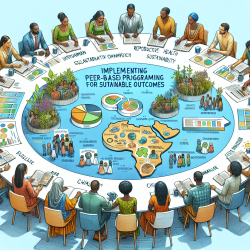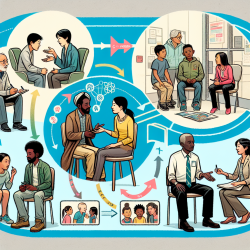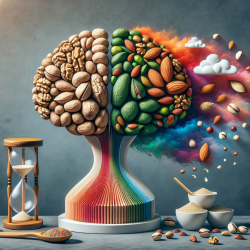Introduction
Childhood maltreatment is a significant public health concern globally, with profound impacts on the physical and mental health of children and adolescents. A recent study titled Childhood maltreatment and alcohol and tobacco use trajectories in rural Chinese adolescents sheds light on the association between childhood maltreatment and substance use in rural Chinese adolescents. This blog explores the findings of this study and discusses how practitioners can leverage these insights to improve outcomes for children.
Key Findings
The study involved 2,594 adolescents from rural China and examined the impact of different forms of childhood maltreatment—sexual abuse, physical abuse, emotional abuse, and neglect—on alcohol and tobacco use. The findings revealed:
- Sexual abuse and neglect were significantly associated with increased odds of alcohol and tobacco use.
- Physical abuse was linked to increased smoking and binge drinking, particularly among boys.
- School and neighborhood connections moderated the impact of physical abuse on alcohol use, suggesting protective effects.
Implications for Practitioners
These findings underscore the importance of addressing childhood maltreatment in therapeutic settings. Practitioners can enhance their interventions by:
- Identifying signs of maltreatment early and providing targeted support to affected children.
- Promoting positive school and neighborhood environments to mitigate the effects of maltreatment.
- Collaborating with schools to develop programs that foster a sense of belonging and connection among students.
Encouraging Further Research
While this study provides valuable insights, further research is needed to explore the long-term effects of maltreatment and the role of different environmental factors. Practitioners are encouraged to engage in research activities that examine:
- The impact of maltreatment on other developmental outcomes, such as academic performance and mental health.
- The effectiveness of specific interventions in reducing substance use among maltreated youth.
- The role of cultural and socioeconomic factors in shaping the experiences of maltreated children.
Conclusion
Understanding the complex relationship between childhood maltreatment and substance use is crucial for developing effective interventions. By leveraging the findings of this study, practitioners can enhance their ability to support maltreated children and promote healthier developmental trajectories.
To read the original research paper, please follow this link: Childhood maltreatment and alcohol and tobacco use trajectories in rural Chinese adolescents.










